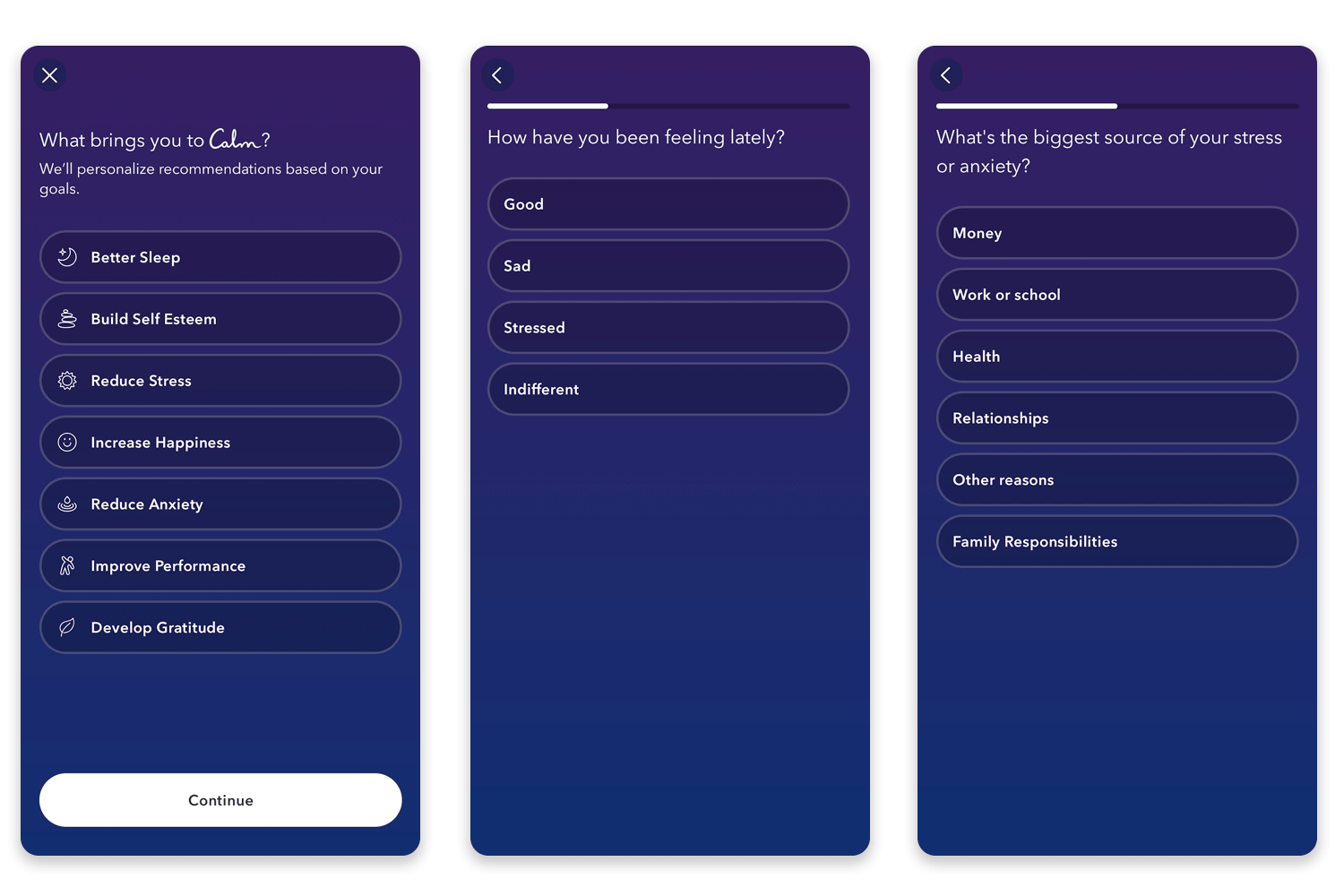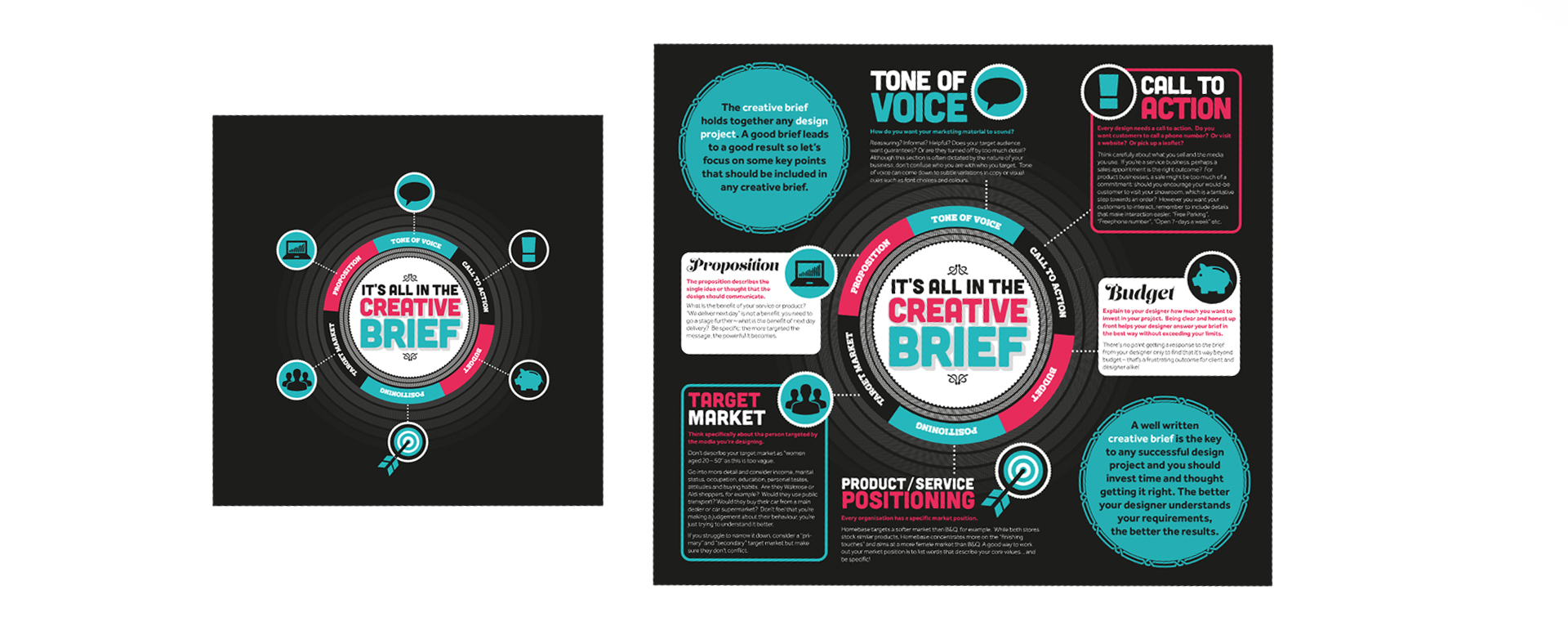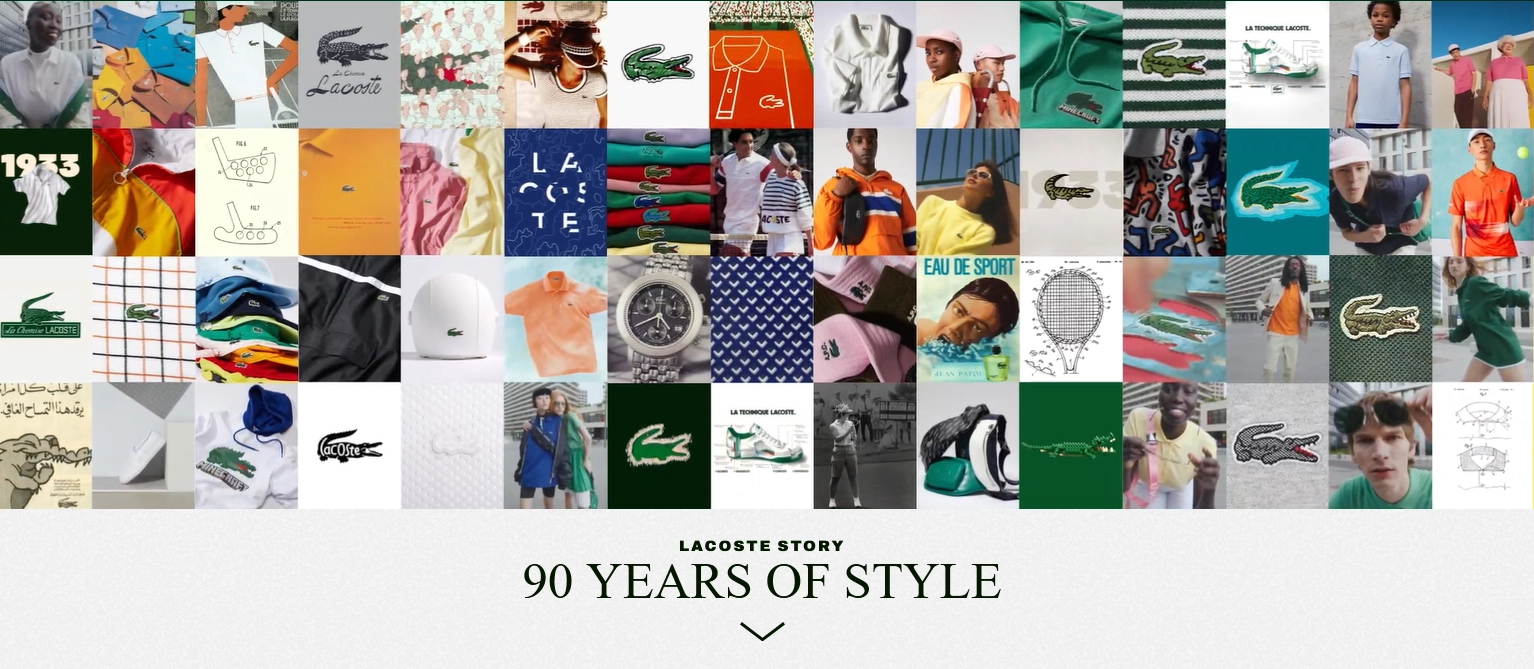Unveiling the Art of Visual Storytelling
Visual storytelling is a powerful tool that designers use to communicate ideas, evoke emotion, and engage audiences. It goes beyond just creating aesthetically pleasing designs – it involves using images, colors, and typography to convey a narrative. In this article, we will delve into the secrets of visual storytelling and learn insights from top designers on how to master this art form.
One of the key elements of visual storytelling is the use of imagery. Images have the ability to convey complex ideas in a way that is easily understood by viewers. They can evoke emotion, create a mood, and capture the essence of a story. Top designers understand the importance of selecting the right images to complement their narratives, whether they are creating a website, a poster, or a social media post.
Color is another crucial aspect of visual storytelling. Different colors can evoke different emotions and convey different messages. For example, warm colors like red and orange can create a sense of urgency or passion, while cool colors like blue and green can evoke feelings of calmness and tranquility. Designers carefully choose their color palettes to enhance the overall mood and message of their designs.
Typography also plays a significant role in visual storytelling. The choice of fonts, sizes, and spacing can greatly impact how a message is perceived. Bold, sans-serif fonts can convey a sense of strength and confidence, while elegant, script fonts can evoke a feeling of sophistication and elegance. Designers pay close attention to typography to ensure that it complements the overall design and enhances the storytelling aspect.

Image Source: duck.design
In addition to imagery, color, and typography, composition is another important element of visual storytelling. The way that elements are arranged on a page can greatly impact how a story is perceived. Designers use principles of balance, symmetry, and hierarchy to create a visually pleasing layout that guides the viewer’s eye through the design. By carefully considering the placement of each element, designers can effectively communicate their message and engage their audience.
Storytelling is not just about creating visually appealing designs – it is about creating a connection with the audience. Top designers understand the importance of creating a narrative that resonates with viewers on an emotional level. They use storytelling techniques to create a sense of intrigue, suspense, or surprise, drawing the viewer in and keeping them engaged.
Ultimately, visual storytelling is about crafting a cohesive and compelling narrative through the use of images, colors, typography, and composition. Top designers excel at using these elements to create designs that not only look beautiful but also effectively communicate a message. By unlocking the secrets of visual storytelling and learning from the insights of top designers, we can all improve our own design skills and create more impactful and engaging designs.
Discover the Wisdom of Leading Designers
Visual storytelling is an art form that has the power to captivate audiences and convey messages in a powerful and engaging way. It Combines the use of visuals, text, and design elements to create a compelling narrative that resonates with viewers on a deep and emotional level. To truly understand the secrets of visual storytelling, one must look to the wisdom of leading designers who have mastered the craft.
Top designers have a unique ability to create visuals that not only look stunning but also effectively communicate a story or message. They understand the importance of every design element – from color and composition to typography and imagery. By studying their work and learning from their insights, aspiring designers can unlock the secrets of visual storytelling and take their own designs to the next level.

Image Source: ytimg.com
One key aspect of visual storytelling that top designers excel in is the use of color. Color has the power to evoke emotions, set the tone of a story, and guide the viewer’s eye through a design. Leading designers know how to use color strategically to create a cohesive and visually appealing narrative. They understand the psychology of color and how different hues can impact the viewer’s perception of a design.
Typography is another crucial element in visual storytelling that top designers excel in. The choice of fonts, spacing, and layout can greatly influence how a message is perceived. Leading designers know how to use typography to enhance the overall storytelling experience and make the text a seamless part of the design. They understand the importance of readability and hierarchy in guiding the viewer through the story.
Imagery plays a significant role in visual storytelling, and top designers know how to select and manipulate images to create a powerful narrative. They understand the importance of choosing the right images to convey the intended message and how to use editing techniques to enhance the visual impact. Leading designers also know how to create a visual hierarchy with images, guiding the viewer’s eye through the design and highlighting key elements of the story.
Composition is a fundamental aspect of visual storytelling that top designers excel in. They know how to arrange visual elements in a way that is visually appealing and effectively communicates the story. Leading designers understand the principles of balance, alignment, and proximity, and use them to create designs that are harmonious and engaging. They also know how to create focal points within a design to draw the viewer’s attention and emphasize key aspects of the story.
In addition to their technical skills, top designers also possess a deep understanding of storytelling principles. They know how to create a narrative arc within a design, building tension, climax, and resolution to engage the viewer and create an emotional connection. Leading designers also understand the importance of pacing in visual storytelling, knowing when to slow down and when to speed up to maintain the viewer’s interest.

Image Source: medium.com
By studying the work of leading designers and learning from their insights, aspiring designers can unlock the secrets of visual storytelling and take their own designs to the next level. From the strategic use of color and typography to the selection and manipulation of imagery, top designers excel in creating visually compelling narratives that resonate with audiences. By understanding and applying the wisdom of leading designers, aspiring designers can elevate their own visual storytelling abilities and create designs that truly captivate and inspire.
Visual Storytelling Ideas from Top Designers

Image Source: nytlicensing.com

Image Source: justinmind.com

Image Source: rubiqa.co.uk

Image Source: datocms-assets.com

Image Source: stills.com

Image Source: camielbos.nl
